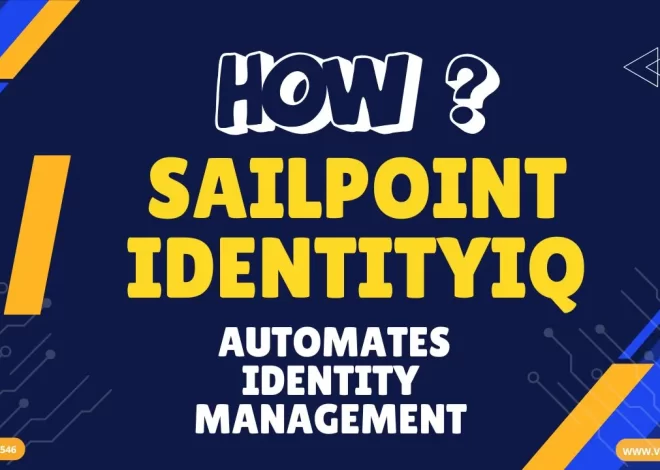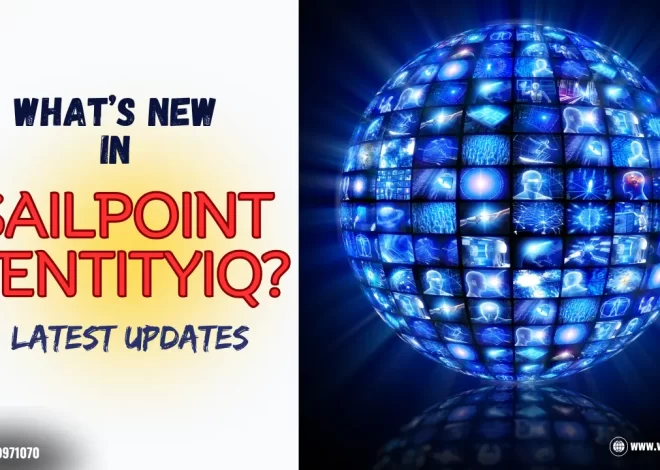Introduction:
SailPoint IdentityIQ (IIQ) is a leading identity governance solution that enables organizations to manage user access and ensure compliance with industry regulations. One of the critical features of SailPoint IIQ is its robust workflow engine, which allows organizations to automate and streamline identity management processes. Sailpoint Online Training
Key Components of SailPoint IIQ Workflows:
Workflow Stages:
Start: The initial stage where the workflow is triggered. This can be initiated manually by a user or automatically based on predefined conditions or events.
Activities: The core actions performed within the workflow. Activities can include tasks like sending notifications, updating user attributes, or making decisions based on conditional logic. Sailpoint Identity IQ Training
Decision Points: Conditional branches within the workflow that determine the next course of action based on specific criteria. Decision points help create dynamic workflows that can adapt to different scenarios.
Sub-Workflows: Reusable components that can be nested within larger workflows. Sub-workflows allow for modular design and can be invoked multiple times within the main workflow.
Workflow Variables:
Workflow variables are used to store and pass data throughout the workflow execution. These variables can hold information such as user attributes, access rights, and approval statuses.
Workflow Actions:
SailPoint IIQ provides a variety of predefined actions that can be incorporated into workflows.
These actions include:
Approval: Obtaining approvals from designated users or groups before proceeding to the next stage.
Provisioning: Creating, modifying, or disabling user accounts and access rights across various systems. Sailpoint Identity IQ Course Online
Notifications: Sending email notifications or messages to inform stakeholders about workflow progress or required actions.
Escalation: Automatically escalating tasks to higher authority if predefined conditions (e.g., timeouts) are met.
Decision: Making decisions based on conditional logic, such as checking user attributes or access rights.
Common Use Cases for SailPoint IIQ Workflows:
User Provisioning:
One of the primary use cases for workflows in SailPoint IIQ is user provisioning. When a new employee joins an organization, a workflow can be triggered to automatically create the necessary user accounts, assign appropriate access rights, and send notifications to relevant stakeholders.
Access Requests and Approvals:
Workflows can streamline the process of requesting and approving access to various systems and applications. Users can submit access requests through a self-service portal, and the workflow will route these requests to the appropriate approvers.
Certification Campaigns:
Certification campaigns are periodic reviews of user access rights to ensure compliance with security policies and regulatory requirements. Workflows in SailPoint IIQ can automate the entire certification process, from generating certification tasks to collecting reviewer responses and implementing necessary changes based on the review outcomes.
Conclusion:
SailPoint IdentityIQ workflows play a vital role in automating and optimizing identity governance processes. By leveraging the powerful workflow engine, organizations can ensure efficient and consistent management of user access, reduce manual effort, and enhance compliance with security policies.
Visualpath is the Leading and Best Institute for learning Sailpoint Online Training in Ameerpet, Hyderabad. We provide Sailpoint Online Course, you will get the best course at an affordable cost.
Attend Free Demo
Call on – +91-9989971070
Visit : https://www.visualpath.in/sailpoint-Identity-IQ-online-training.html



